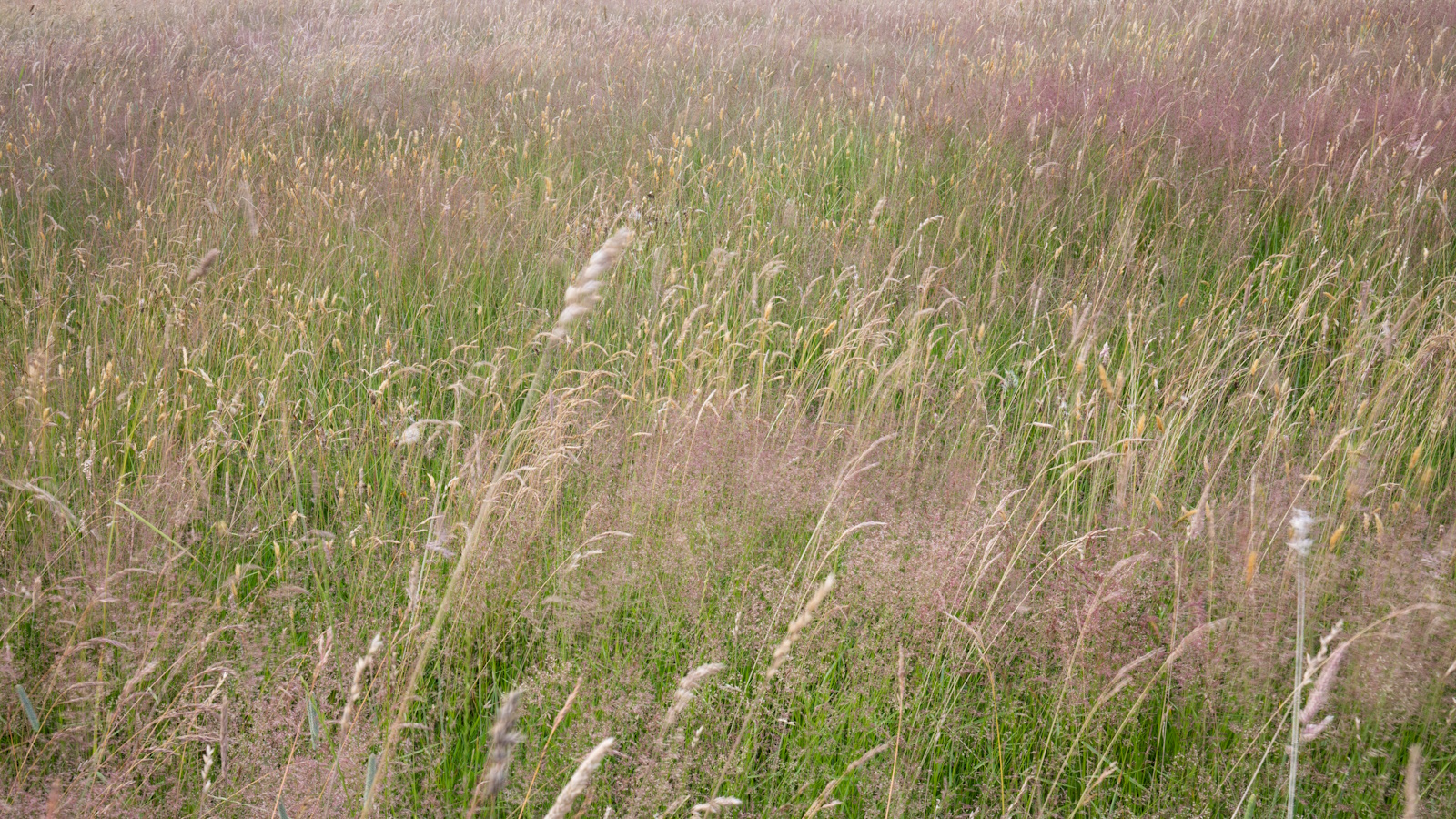
I love letting my grass grow. It started when we first moved into our house almost two years ago, and I wanted to see what was in the ground, and would naturally come up from the soil in certain parts of the yard. Now, it’s more about nurturing a space where I can grow wild flowers for use in my floristry, and fostering a diverse ecosystem in my backyard, where grasses co-exist with pollinators, beetles, frogs, mice and many other critters, happy to make a home in the meadow.
However, not everyone makes the choice to let their grass grow long. I also know from experience that the combination of busy schedules and the weather can sometimes lead to a rapidly overgrown lawn. Whichever camp you are in, there will always comes a time when we have to mow it, to keep it from becoming wholly out of control.
There is more to lawn care for long grass than simply running your mower over the land - however good your lawn mower is. Whether it's gas or cordless, you could damage your machine and end up with a pretty messy backyard. But with the right kit and know-how, it’s not such a difficult job. Here are my 5 steps for mowing long grass.
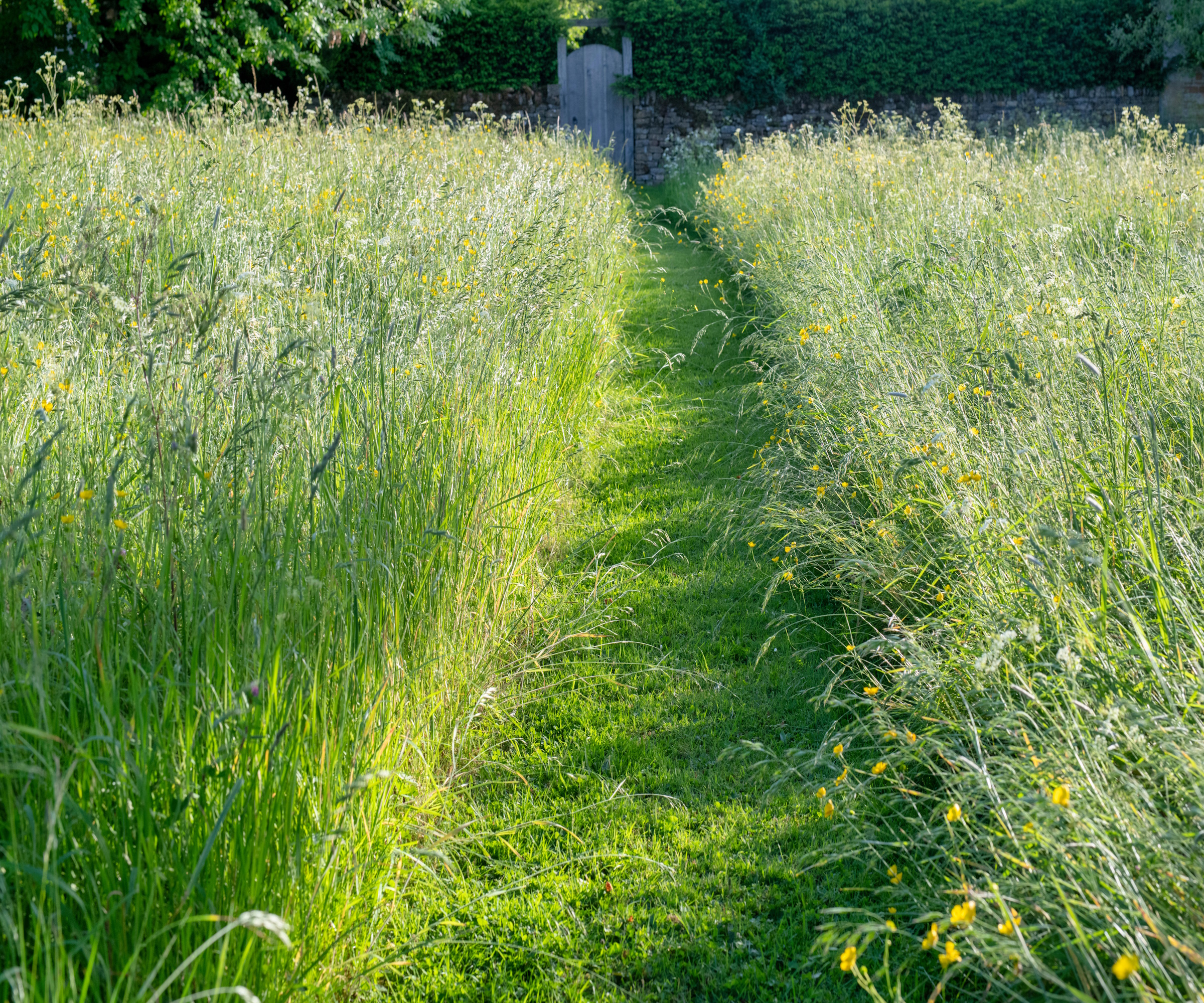
The essential kit you need to mow long grass
- A good quality strimmer, such as this cordless Black + Decker model from Amazon, is vital when getting long grass under control. My meadow grasses were between 3 and 4ft high. I would class anything over 1.5ft as too high to mow with a regular lawn mower, though it will depend on the machine you have.
- A lawn mower - you can find out lots about the best lawnmower deals on the market right now in our expert guide.
- Safety eyewear, such as these super great value goggles from Amazon, to wear whilst strimming.
- Ear defenders, such as these from Walmart, are an optional, but you may find them really useful to muffle the loud whirring noise of a strimmer.
- Gardening gloves, these from Walmart are a great find, and simply a must for me with any gardening task, and especially when gathering up long grass and cuttings to place on the compost heap.
- Large cutters, such as these from Amazon, for edging borders.
- Protective clothing, such as long sleeves and strong boots or wellies. It’s common sense to keep your skin protected when you’re about to wade into an area of long grass, as you never know what could be in there.
Step 1: Get your kit together
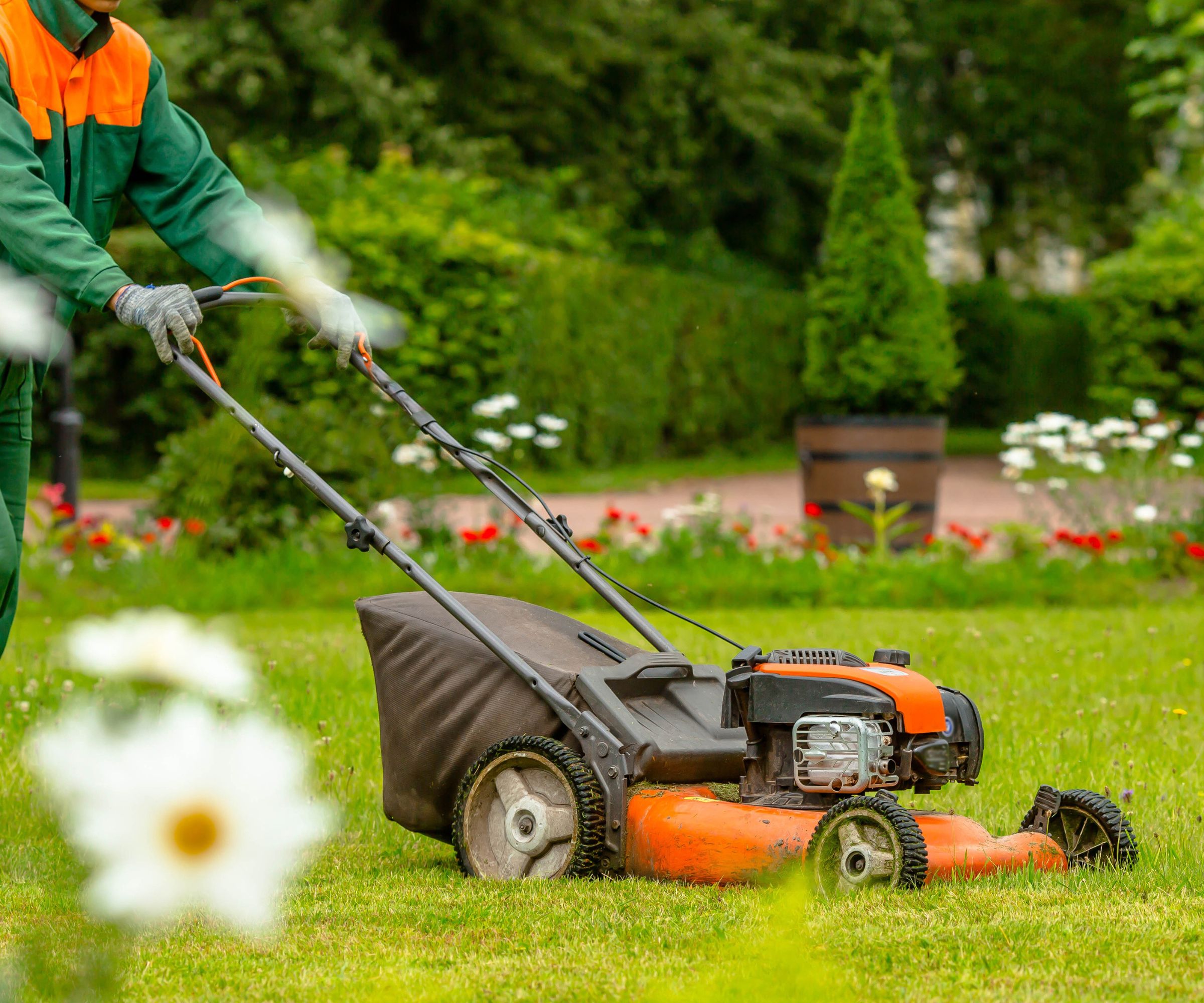
Check your equipment is clean and working efficiently. You might want to consider sharpening your mower blades if necessary before starting the job.
Make sure you have the right clothing and safety equipment ready too, especially for your eyes. Anyone who strims grass knows that bits can often fly up into your face, so it’s really important to keep your eyes covered.
Step 2: Check the area for debris and wildlife
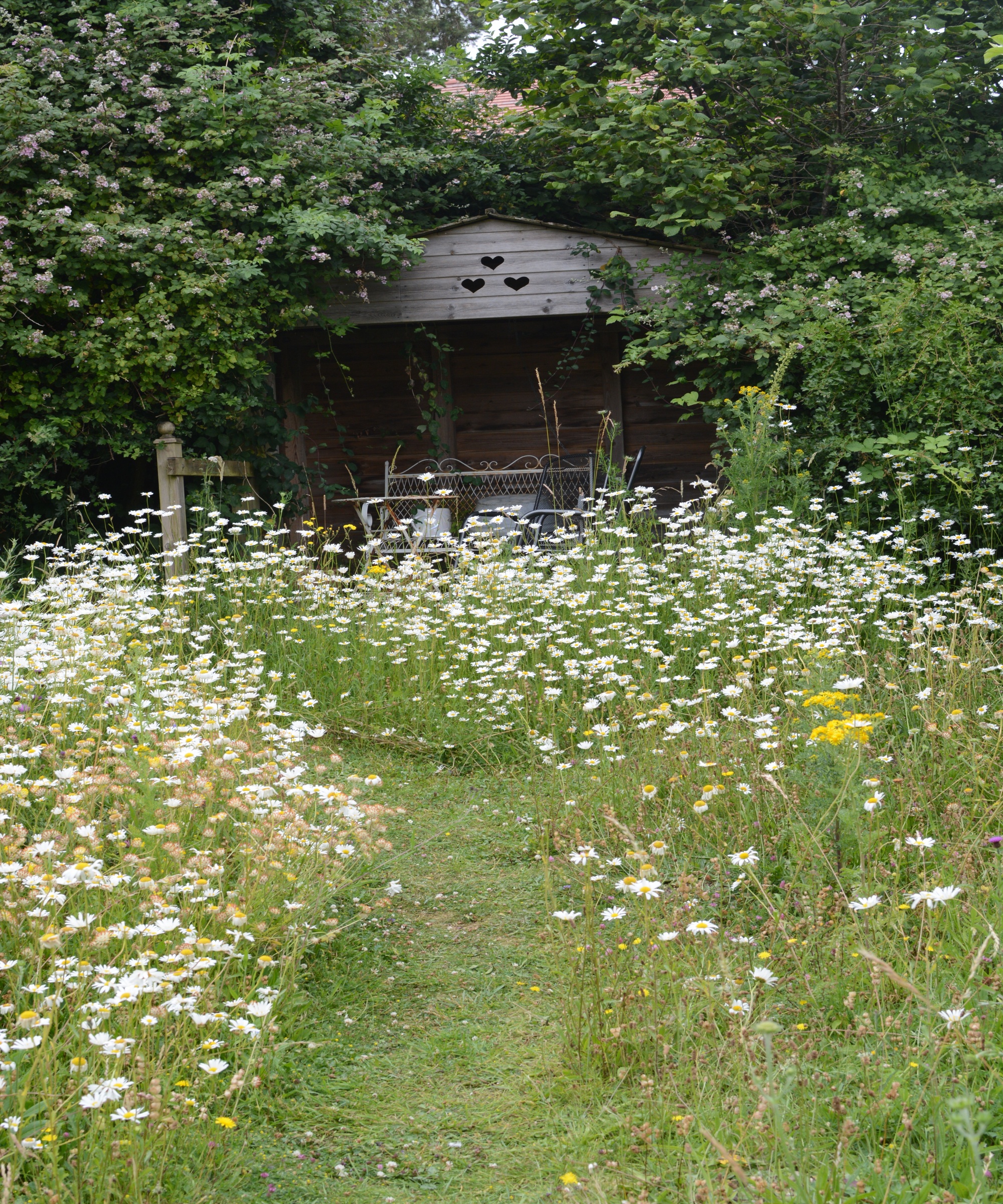
If my meadow area is anything to go by, I know it’s almost impossible to see what might be lurking in the long grass. There is a natural path my family and I have trodden through it since the growing season began, so I walked long it, moving slowly into the longer grass to make sure there wasn’t anything in there that could potentially damage my equipment.
More importantly, make sure there aren't any obvious wildlife habitats or nests that you're going to disturb.
Even if yours isn't meadow grass, but simply an overgrown area, it's still a good idea to check the space first as much as possible. I found holding a long bamboo cane out in front of me, moving it from side to side to sweep the area before walking into it, was very helpful.
Step 3: Strim the long grass
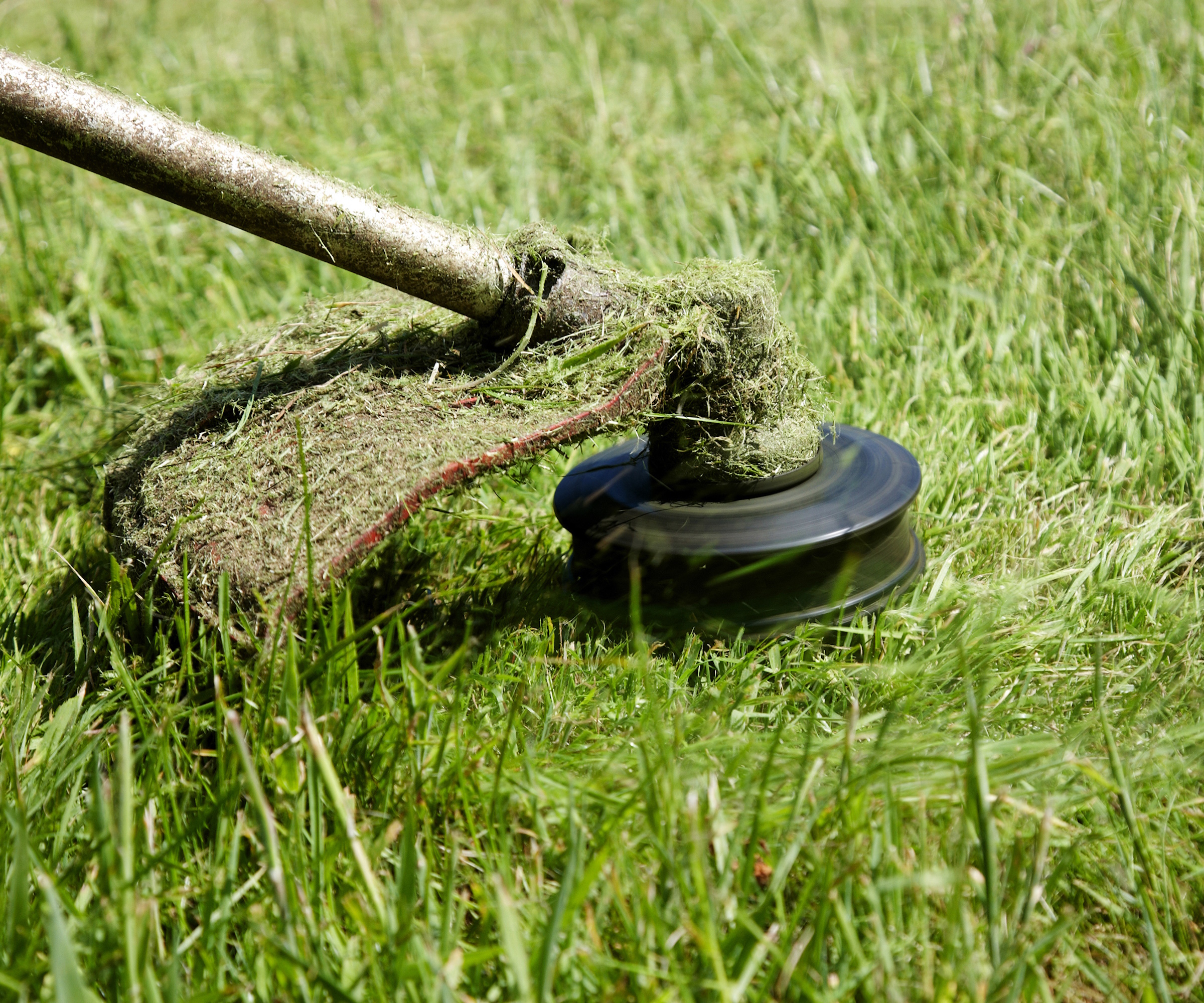
It will be a struggle to cut your grass with a standard lawn mower if it has reached over a couple of feet high. Unless you have a gas-powered ride on mower and need to cover a large area, I would not recommend doing this. It's much better to strim the area first to get the grass down to a more manageable level.
Taking a firm grip on the handle, keep the strimmer parallel to the ground and move through the long grass slowly, moving the strimmer from side to side in a sweeping motion. Aim to take the grass down to around 7inches in height.
Once you've covered the whole area, rake up the cuttings into a pile and transfer them to your compost heap, or a green waste bin.
Step 4: Mow the shorter grass
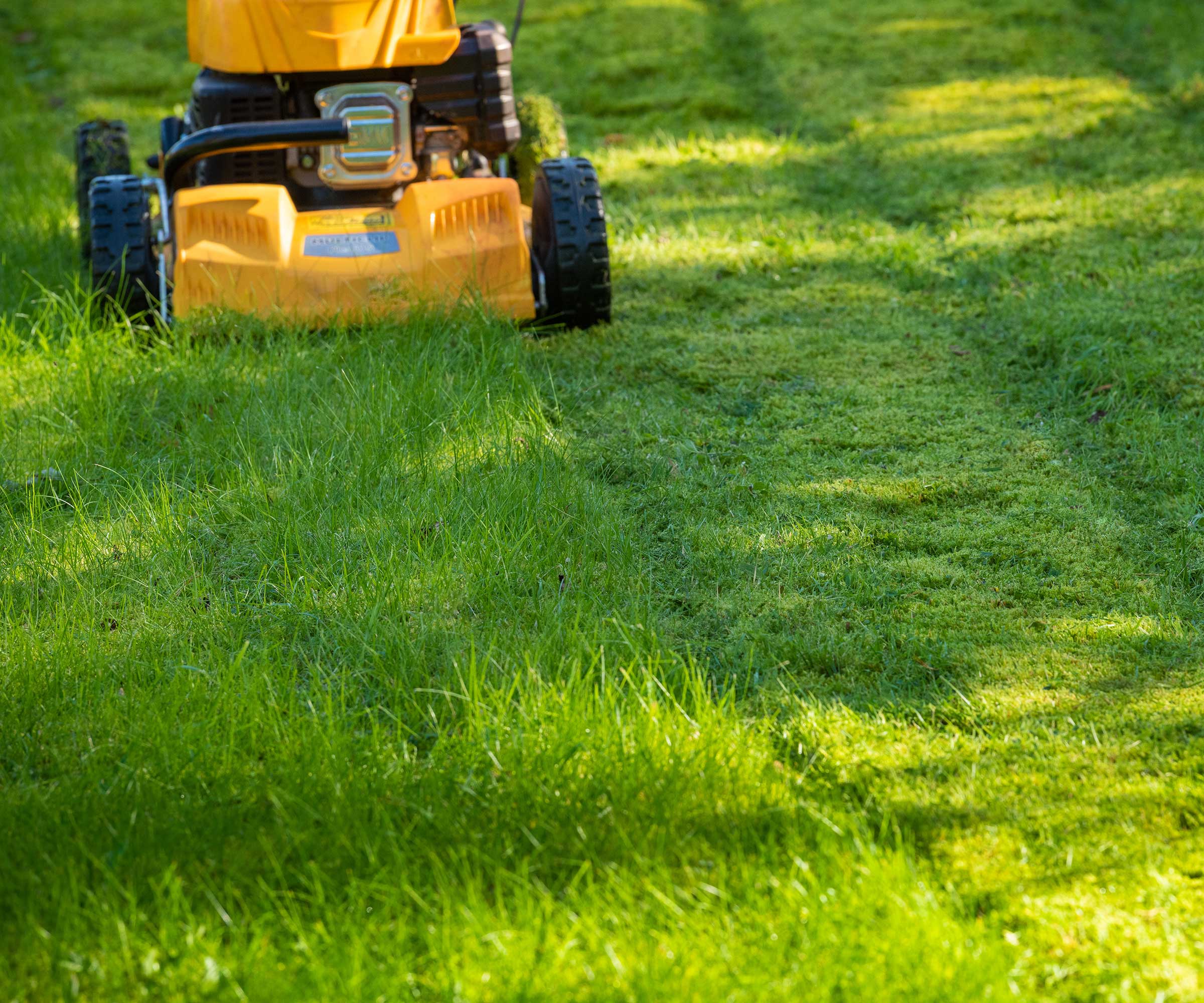
Once you've got your grass down to a more manageable level you can mow it, but it is best to wait 5-7 days to allow it to recover before bringing out the lawn mower to run over the area again, explains Drew Swainston, H&G content editor and former professional gardener.
'Mowing any sooner than this risks further stressing the grass,' says Drew. 'Start with the mower at a high level to remove no more than a third of the height and slowly take the height down to the desired level through regular mowings every five days. You should be able to carry on a normal mowing regime from that point on.'
Step 5: Edge the area
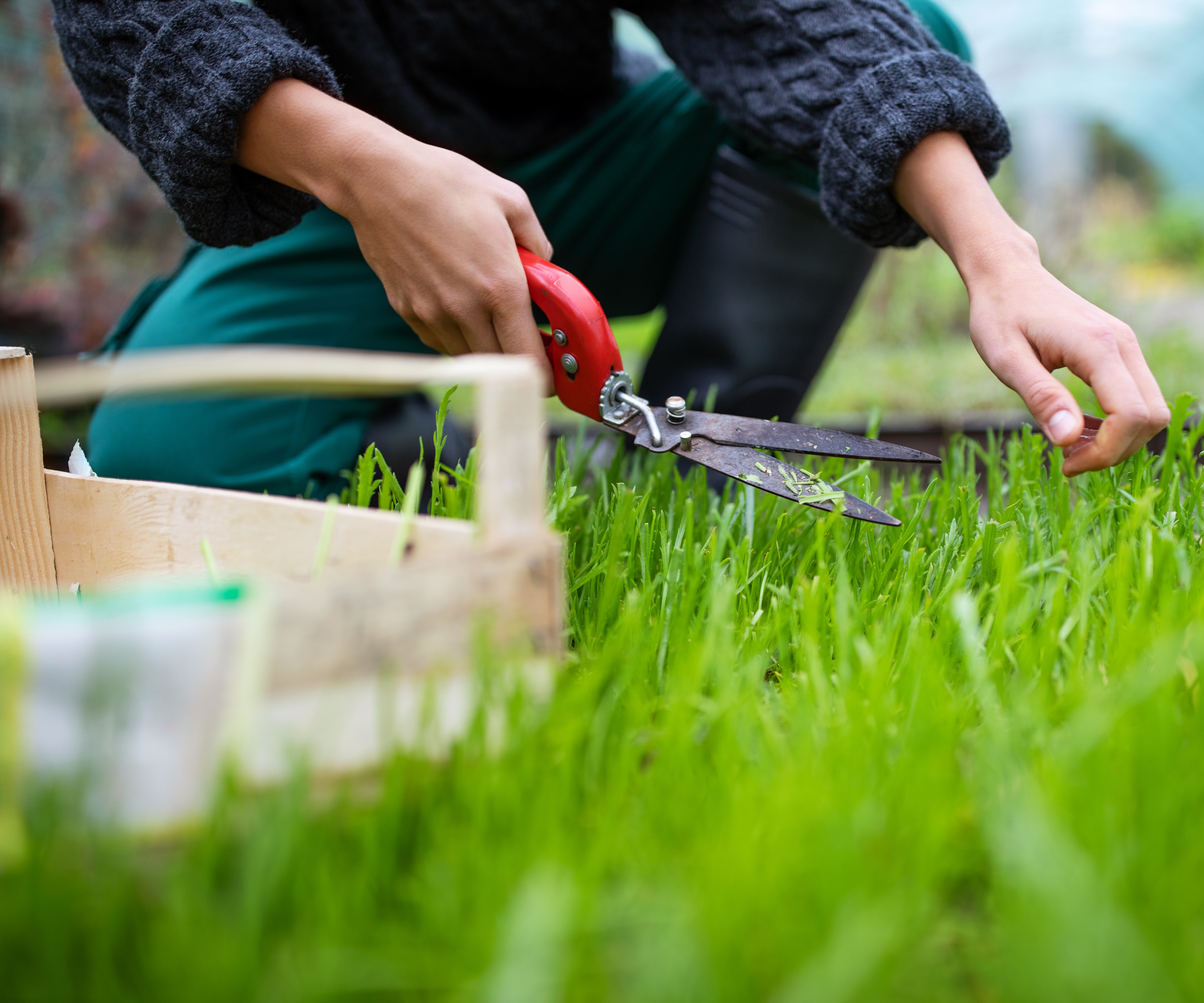
The last step to mowing an overgrown area of grass is to neaten up your edges and borders. I find it's more accurate to do this with a handheld tool, although you could always still use a strimmer if you find it easier to get right up to the side of a fence.
I used a set of large cutters, as mentioned in the kit list above, and went along the edge of my lawn next to the flower bed, cutting back any large tufts left behind from mowing and strimming.
I did leave a small area of long grass untouched, to ensure there was still some habitat left for all the insects and pollinators living in the meadow. This will naturally die back in the winter, and will be easier for me to maintain.
A great tip I received from master forager, Tama Matsuoka Wong earlier this year was all about how to enclose a wild patch, to make it look deliberate and more in-keeping with your yard.







